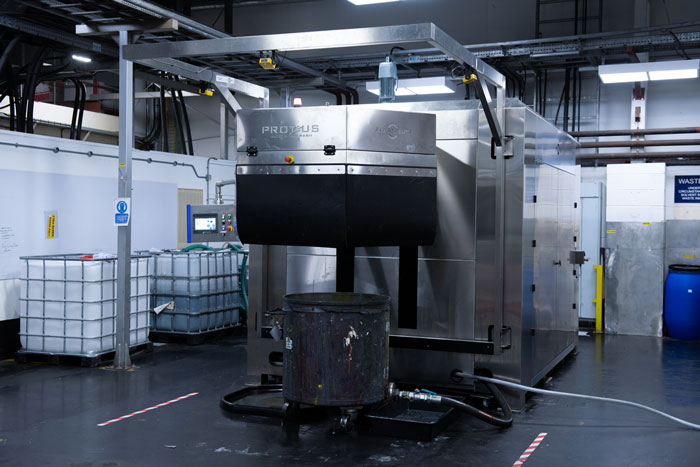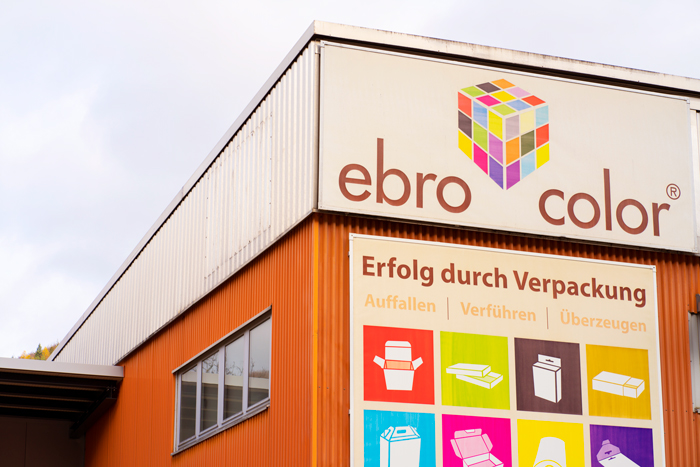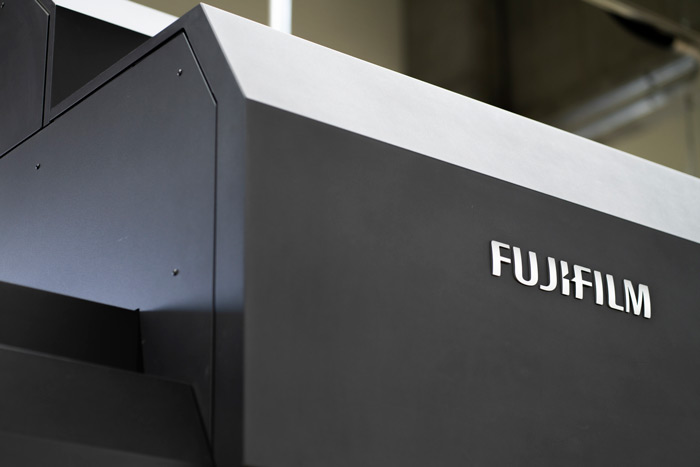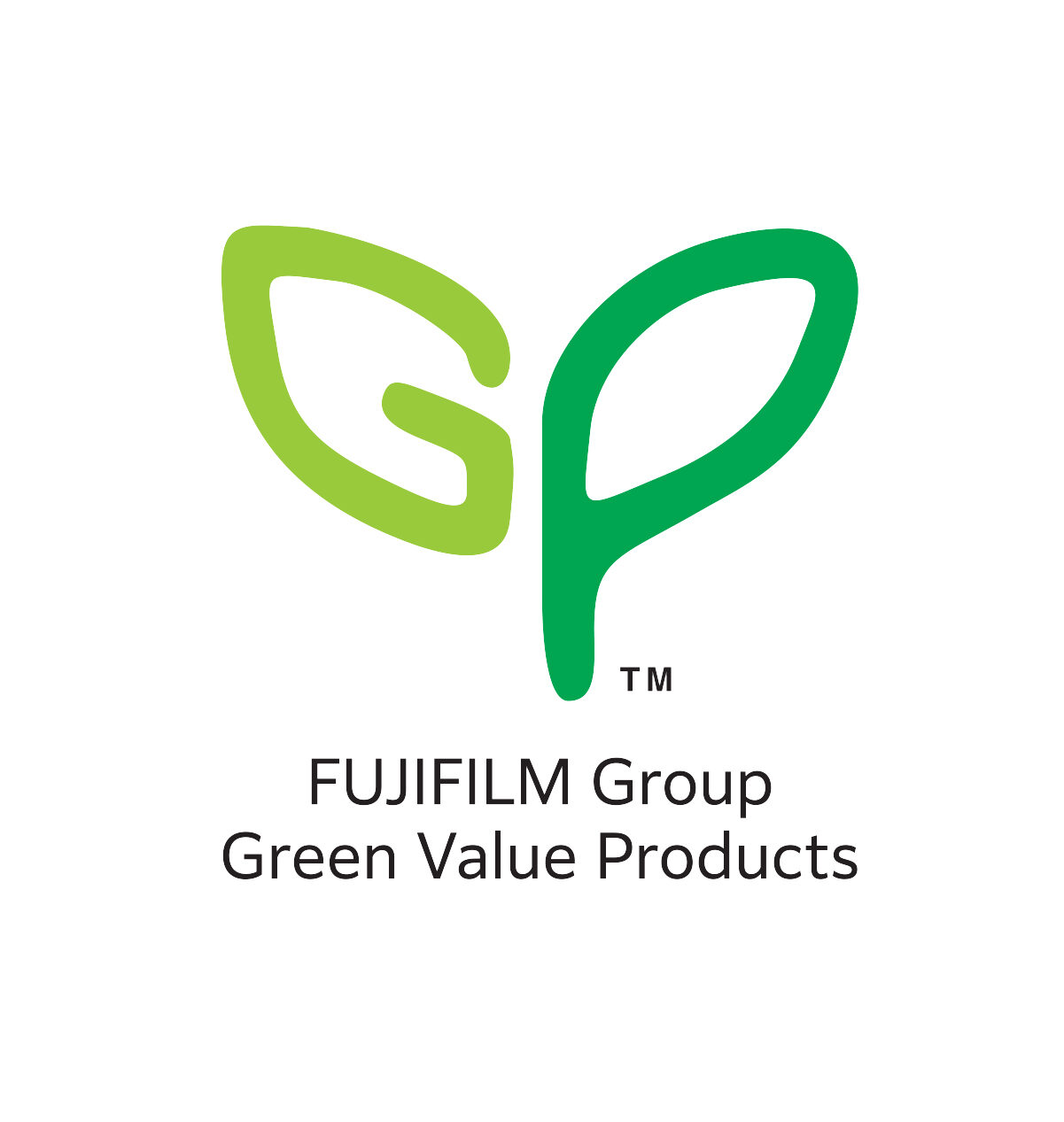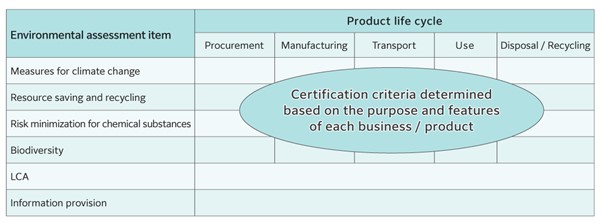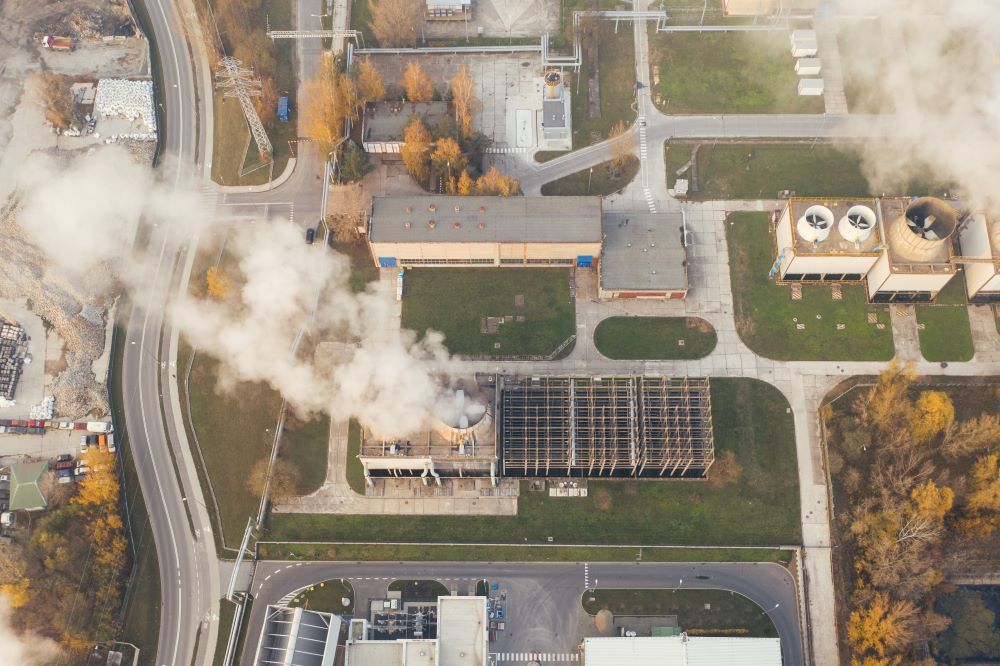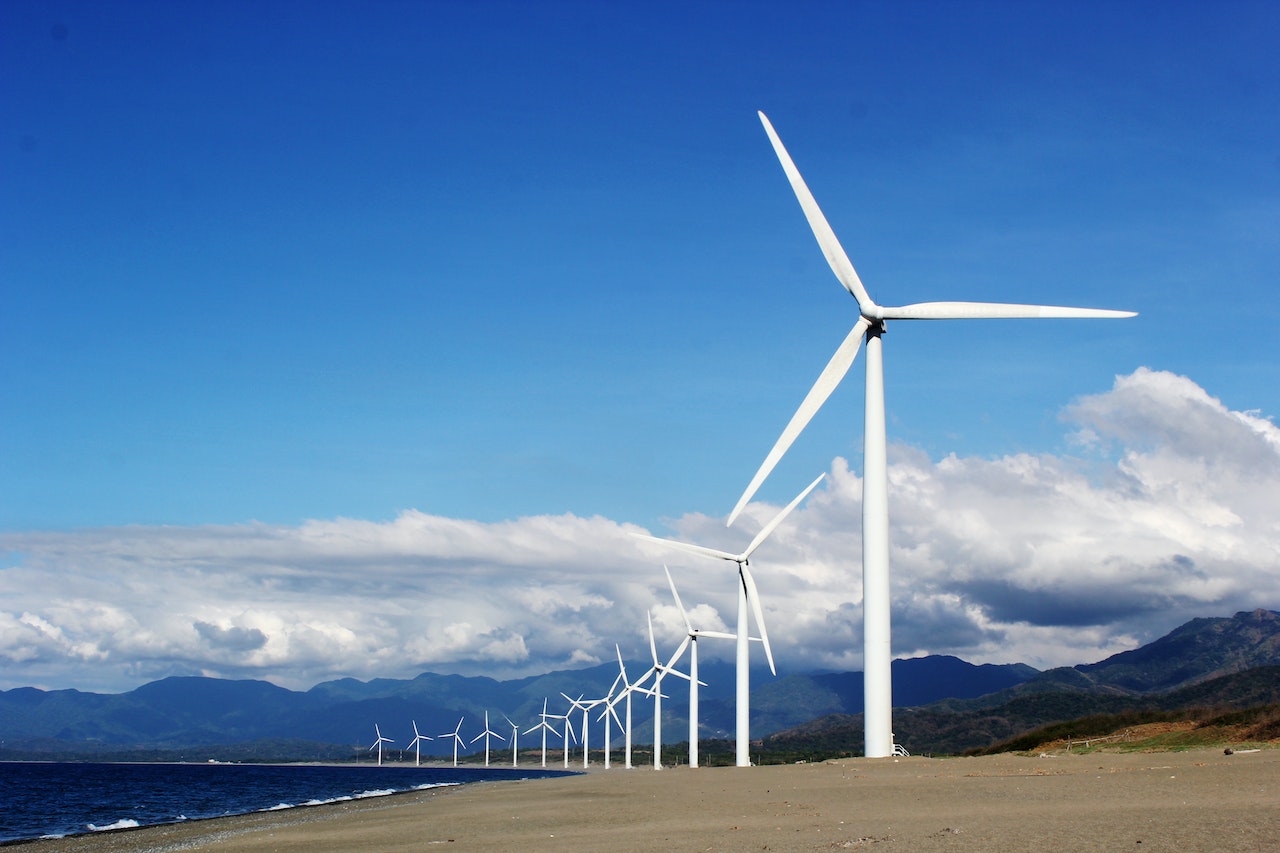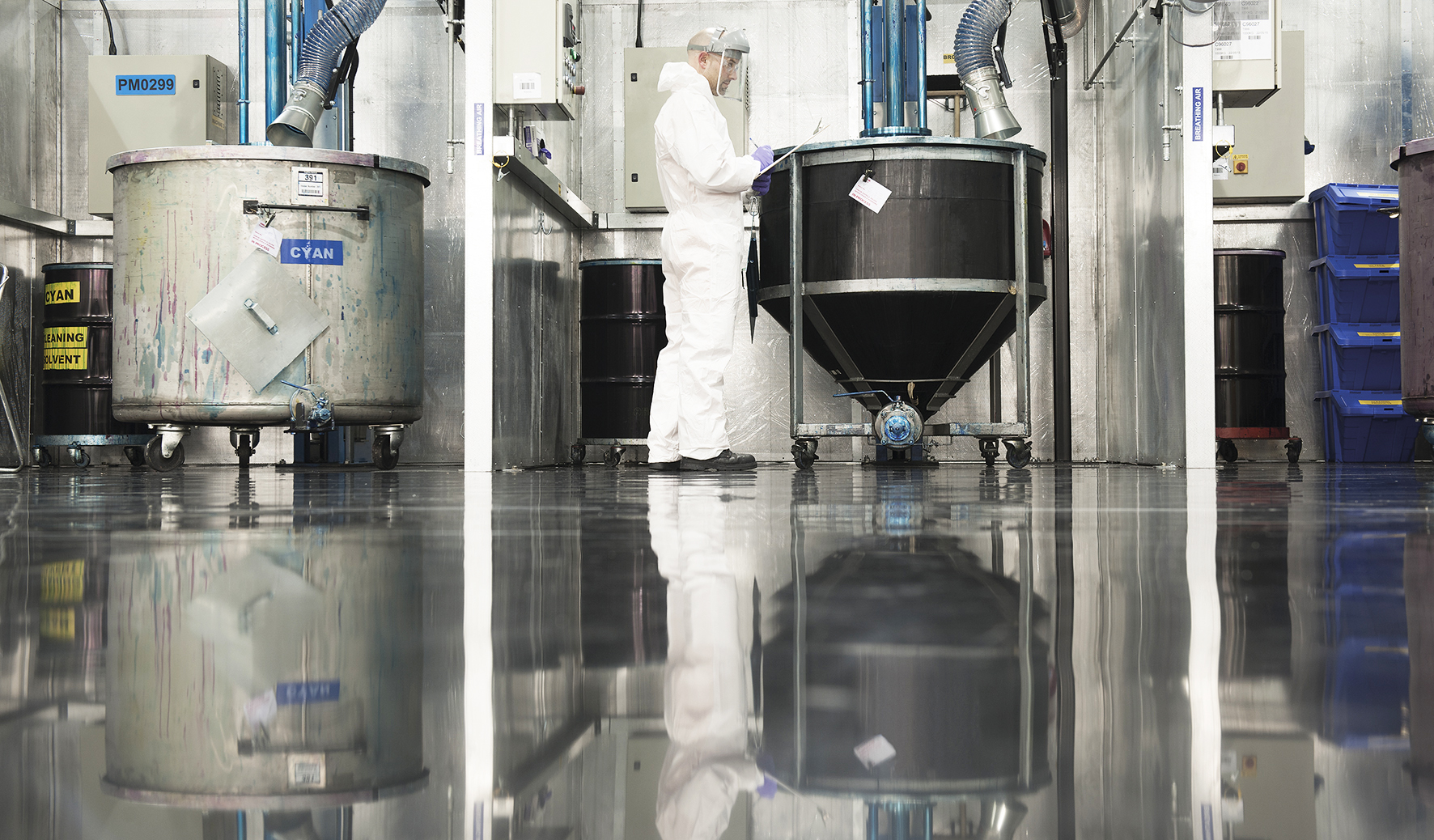‘Zero to Landfill’ certification for ink site
Fujifilm’s Broadstairs ink manufacturing site receives Valpak ‘Zero to Landfill’ certification
Leggi l'articolo
Momento della lettura: 3 minutes
Fujifilm’s ink manufacturing site, based in Broadstairs, UK, has received ‘Zero to Landfill’ certification from Valpak, a leading provider of environmental compliance and recycling solutions.
The award-winning factory* manufactures high performance inks for a range of markets, including Uvijet wide format UV inkjet inks, and Sericol screen inks. The company has steadily implemented new systems, technologies and processes at the site to monitor and measure its progress, as it takes steps to further reduce its environmental impact.
The Valpak certification is a significant milestone that confirms the site is sending zero packaging, production or hazardous waste to landfill. It also highlights the company’s commitment to continuously improving its waste management through reducing, recycling and reusing resources.

The certification process involved a comprehensive audit, carried out by Valpak, of Fujifilm’s waste management practices on site, including its waste and recycling initiatives.
During the audit, Fujifilm demonstrated how it is measuring and monitoring a wide range of key performance indicators, including:
• Waste in each department is properly and responsibly disposed of in the correct bins
• Hazardous waste containers are sealed, once full, and removed by the onsite waste management team
• Balers are used for plastic polythene and cardboard
• The canteen has separate bins for metal cans, coffee cups, food and general waste
• Food waste is composted
• There are mixed recycling bins in place across the site
• Importantly, Fujifilm records its waste data via an online system to measure and improve its practices.
In addition, Paul Dannahy, Goods Team Leader at the site in Broadstairs, played a key role in identifying waste processing companies which allowed Fujifilm to move waste from incineration to recycling centres, and in other areas, generate value from the waste. (For example, pallets were broken down into pellets for fuel. The pellets were then sent away from the site, sold and reused in other applications).
Fujifilm proved (from 1 April, 2023 to 31 March, 2024) that in addition to sending zero waste to landfill, it achieved a recycling rate of 53.64%. In addition to increasing the amount of waste being recycled, Fujifilm also reduced the overall waste being produced.
Paul Dannahy, Goods Team Leader comments: “We are honoured to receive ‘Zero to Landfill’ certification from Valpak. It’s a testament to our team’s dedication to reducing our environmental impact and promoting a circular economy.”
Craig Milsted, Sustainability Advisor at Fujifilm Speciality Ink Systems, Broadstairs, adds: “Looking forward, we are confident that we can continue to make iterative improvements all over the site, across all areas of energy, waste and water reductions, to maintain our position as an award-winning, world-class and sustainable factory.”

Bronwynn Harris, Waste & Resource Traceability Consultant at Valpak, adds: “We are delighted to certify Fujifilm’s Broadstairs site with ‘Zero to Landfill’ status. The company’s commitment to sustainability and the team’s proactive approach to waste management serve as an exemplary model for other companies to follow. The achievement highlights the significant impact that dedicated waste management practices can have on our planet.”
* Winner of ‘Best Factory’ award in 2013, 2015, 2016 and 2017

